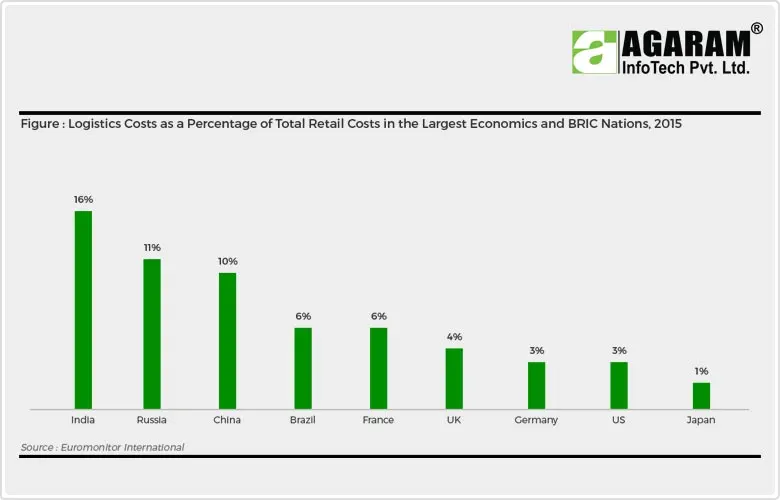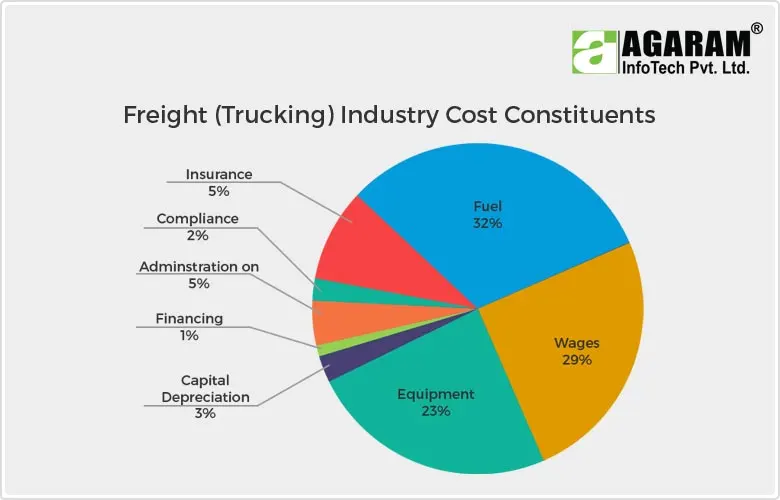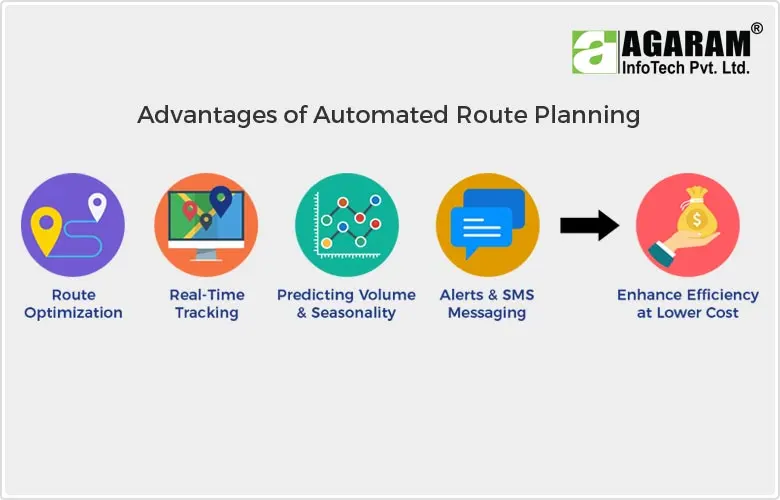India's logistic cost as a percentage of the GDP is alarmingly high, nearly double that of developed countries and substantially higher than even BRIC Nations. The figure below shows a comparative study of the logistics costs in India to that of other BRIC nations.

This serious issue does not seem to decipher in the near future as costs in the logistics sector are anticipated to increase by 10-15 per cent year-on-year. On exhaustive analysis by experts In logistics and distribution industry it has been clearly established that the major constituent of a logistics company's operating expenses is the amount spent on fuel.

Apart from this there are other factors that contribute to this rising logistics costs, they are - lack of infrastructure, unavailability of drivers, higher transit time, and lower turnaround of vehicles because of multiple check-points, etc. So there is a pressing need for the logistics sector to become efficient in the way they manage their transportation costs. The most important components transportation expenses are fuel costs & manpower costs. Both of these are directly related to transportation routes and schedules. This leads us to the most important topic of Route Optimization.
Route Optimization is the process of selecting the optimal route for delivery to ensure the lowest cost of transportation, keeping in view the various factors like route availability, vehicle issues, driver constraints and customer’s short-notice requirements. Now let us look at the basics of planning the delivery route.
Apart from the main factors mentioned above, route planning should also take into account real time events like traffic, availability of equipment and personnel for loading/ unloading, materials handling issues and flexibility to switch between modes. Route planning should be able to quickly respond to any contingency that could arise in the process of transportation. Issues arising from the transfer of product between the different modes of transport and the subsequent consolidation of product in containers should also be kept in mind in the route selection process.
Logistics firms that have their own fleets, try to plan a route that has the vehicles starting and ending at the same location, so that there is minimum repositioning of vehicles and personnel. Logistics providers use Manual Route Planning and Automated Route Planning mainly based on their fleet size, the distance and complexity of the route.
Manual route planning has been employed by companies for many years. Despite the experience of the route planners, the ever-changing complexities of today’s transportation network pose serious challenges. The financial validity of routes change on a daily basis. The route that was the most economical yesterday may not be the optimal one today due to the varying traffic scenario.
Creating a transport plan manually is feasible for a business with 1-2 trucks. But in an organization with 10 or more vehicles, the task is almost impossible to be executed manually. This is so because route planning has to take into account all of the constraints like driver work hours, equipment restrictions, truck capacities, service windows, and still provide service levels that satisfy the customers. Moreover manual planning takes numerous individuals and man-hours to plan, calculate, and adjust route plans for mileage, capacity, driver hours, and total stops.
Automated Route Planning employs software for planning the optimal routes for delivery. With an efficient routing and scheduling software, selecting the most efficient route takes mere minutes. Automated planning also takes in to account the varying factors and provides the optimal solution that satisfies the exact situation prevailing then. Routes can be modified quickly to accommodate last-minute orders and schedule changes. The results are better than that produced by manual methods as automated routing maximizes loads, and minimizes miles and total transportation costs.
Automated route optimization uses models to describe the transport network that needs to be planned. The route optimization software builds a model taking into account three important components in the decision making process, namely – the goods to be transported, vehicles used for transportation, and the personnel involved.
Automated Route Planning is the best option for the logistics service that has a considerable fleet size. It enables the management to make the most efficient use of resources while producing the most economical routes. By allowing management to alter the input data in the route planning software, the model offers a variety of scenarios, and provides multiple choices of efficient vehicles, to produce more economical routes. By modifying the trip start and finish times, the route can be altered to take advantage of less busy times of day on the highways.

The Most Ideal Route Planning Solution Offers apart from Automated Delivery Route Planning & Route Optimization the added features of Real Time Tracking, Proof of Delivery, Automated Real Time Resource Allocation, and alerts for delivery and delays. Considering all the above advantages it’s time you gave your transportation business the advantage of Automated Route Optimization that saves you time & fuel with 40% shorter routes.